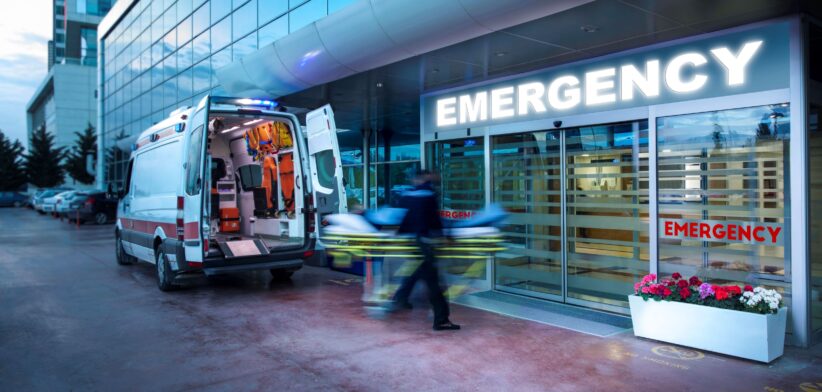A team of New South Wales researchers are developing a multilingual chatbot to use in hospital emergency departments.
UNSW Sydney academic researcher and emergency department (ED) clinician Padmanesan Narasimhan said in hospital emergency the interaction was only three to five minutes.
Dr Narasimhan said this made it difficult for a triage nurse to call interpreter services and then engage them for translation and interpretation.
“The first thing admission staff will want to do is allocate patients with a score from 1 to 5 that measures the acuity – or severity – of the patient’s illness and the level of care required to treat them, with a score of 1 meaning a doctor will prioritise to see them within 30 seconds,” he said.
“If there’s a language barrier and triage staff have difficulty understanding the person presenting to ED, it can lead to people with really severe or urgent medical conditions assigned a lower acuity score and potentially be made to wait, whereas people with a non-urgent condition can be misclassified as urgent and bumped up to see a doctor straight away.”
Dr Narasimhan said the issue was more pronounced in areas like south-western Sydney, where more than half of the local population spoke a language other than English at home.
He said beyond language barriers, cultural norms around stoicism might lead patients to downplay discomfort.
“A triage nurse, unaware of these nuances, could misinterpret this, assigning a lower priority to a potentially critical condition like appendicitis.”
Dr Narasimhan said while there were official interpretation services available 24/7, the short interaction times and unpredictable nature of medical emergencies made it difficult to engage professional interpreters in the time required.
“The idea is that this chatbot will be listening in at the registration point on a computer in an ED and will be able to interpret a patient’s description of their symptoms in real time, allowing triage staff to more quickly and accurately assess the severity of a patient’s condition.
“So, for example, if you speak Arabic, it will be able to interpret and translate your Arabic into English. And because it has natural language processing and machine learning capabilities, it will also be able to give an appropriate triage recommendation.”
He said a human would always be overseeing the process.
“If there is any discrepancy between the AI and the nurse’s triage recommendations, it will be referred immediately to the senior consultant in the emergency department.”
Dr Narasimhan said getting the system to that level of sophistication would involve three phases of development over the next few years.
He said the first phase involved training the AI system on datasets based on other languages and medical terminology typically used in hospital Eds, with the next phase involving simulating triage in a controlled environment to put the chatbot through its paces.
“The final phase will be to road-test the technology in real-life emergency departments in areas like Western Sydney where patients are more likely to come from multicultural backgrounds.”








